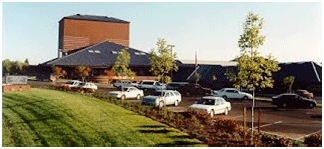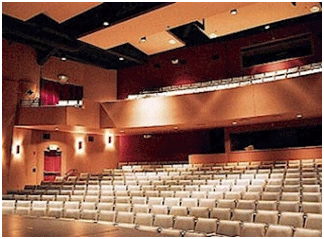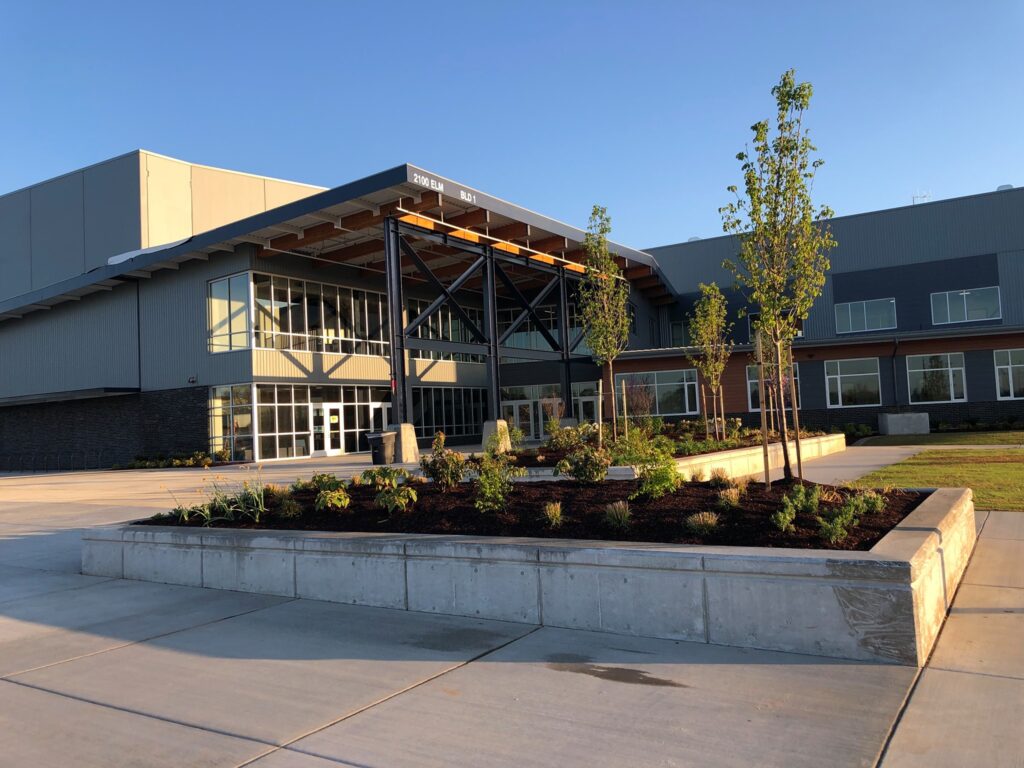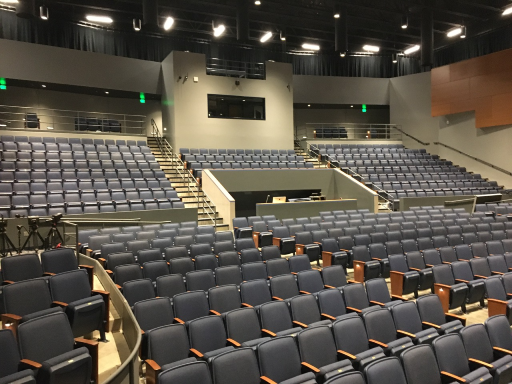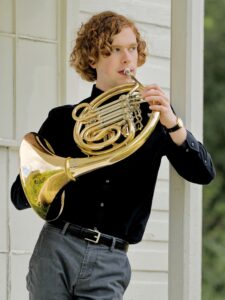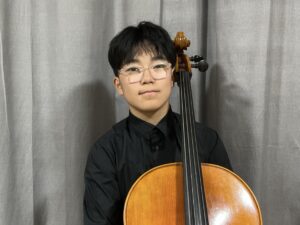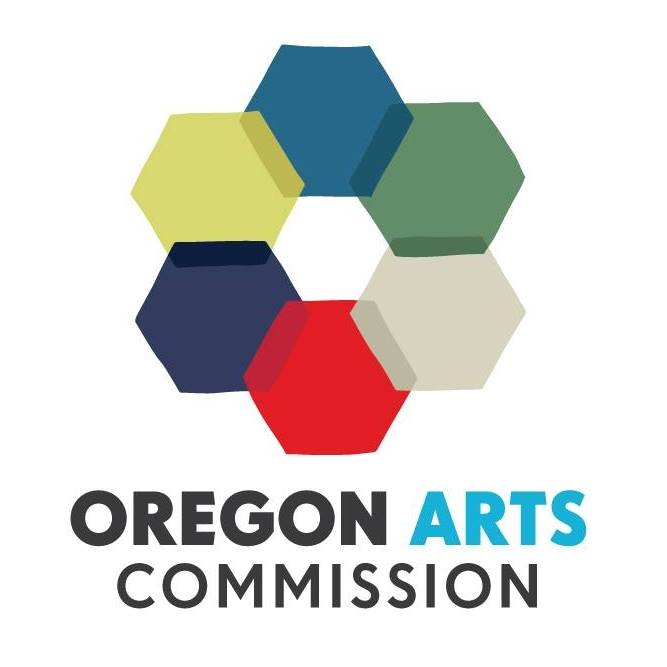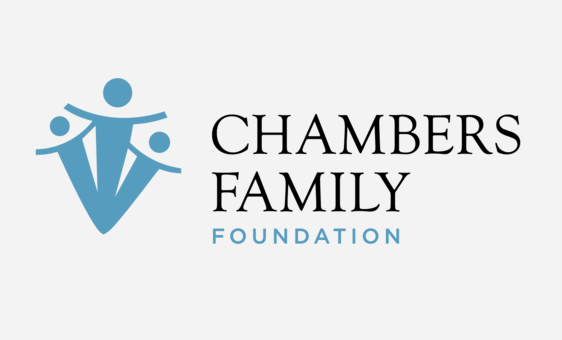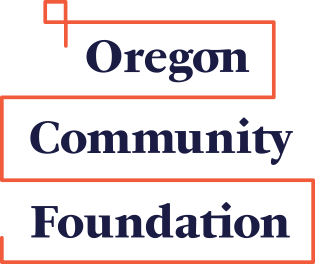This is the number-one scary question! No one wants to clap in the “wrong” place. But it’s simpler than you may think, and quite logical on the whole.
At the beginning of the concert, the concertmaster will come onstage. The audience claps as a welcome, and as a sign of appreciation to all the musicians.
After the orchestra tunes, the conductor (and possibly a soloist) will come onstage. Everyone claps to welcome them, too.
Then everything settles down and the music begins. Just listen and enjoy! The audience doesn’t usually applaud again until the end of each piece.
In most classical concerts – unlike jazz or pop – the audience doesn’t usually applaud during the music. They wait until the end of each piece, then let loose with their applause. But this can be a little tricky, because many pieces seem to end several times – in other words, they have several parts, or “movements.” These are listed in your program.
In general, musicians and your fellow listeners prefer not to hear applause during the pauses between these movements, so they can concentrate on the progress from one movement to the next. Symphonies and concertos have a momentum that builds from the beginning to the end, through all their movements, and applause can “break the mood,” especially when a movement ends quietly. Sometimes, though, the audience just can’t restrain itself, and you’ll hear a smattering of applause – or a lot of it – during the pause before the next movement. It’s perfectly OK to join in if you enjoyed the music, too.
(By the way, disregard anyone who “shushes” you for applauding between movements. It’s only in the last 50 years or so that audiences stopped applauding between movements, so you have music history on your side!)
What if you lose track, and aren’t sure whether the piece is truly over? One clue is to watch the conductor. Usually, s/he won’t relax between movements, but keep hands raised; the attention of the musicians will remain on the conductor. If in any doubt, it’s always safe to wait and follow what the rest of the audience does!
At the end of the piece, it’s time to let yourself go and let the musicians know how you felt about their playing. Many pieces end “big” – and you won’t have any doubt of what to do when! Some end very quietly, and then you’ll see the conductor keep hands raised for a few seconds at the end, to “hold the mood.” Then the hands will drop, someone will clap or yell “Bravo!” – and that’s your cue. There’s no need to restrain yourself. If you enjoyed what you heard, you can yell “Bravo!” too.
